A crowd has assembled on a gloomy day to see what is going on at the Canal Saint-Martin in Paris. All were powerless to take their eyes away from the scenario happening in front of them. They both hoped to see the muddy waters recede when the government filled the canal. What had been lurking in the canal’s waters all this time? They discovered stuff about the canal after two decades that they had not expected in the least. What did they find down there, exactly?
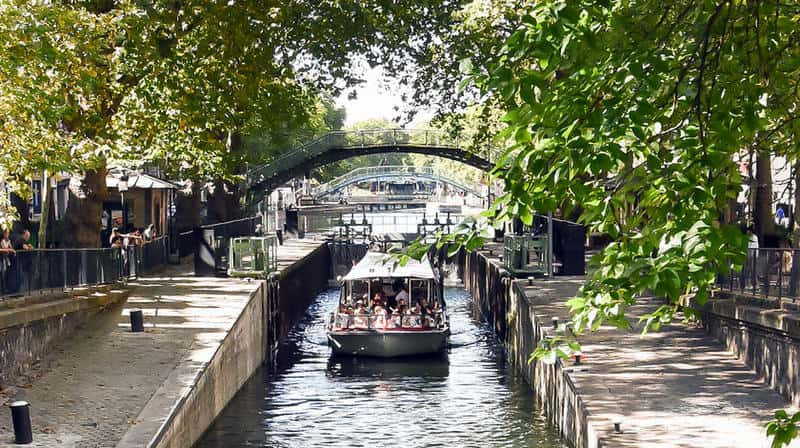
After Draining A 200-Year-Old Parisian Canal, They Were Shocked By What The Water Revealed
It Was Time To Drain It
When the muddy waters receded, the officials had a peek at them. It’s not every day that you discover the secrets of the ocean’s oceans. When the building’s floor became visible, residents learned of a fresh chapter of the city’s past. Let’s just presume none of them intended to come across what they did.
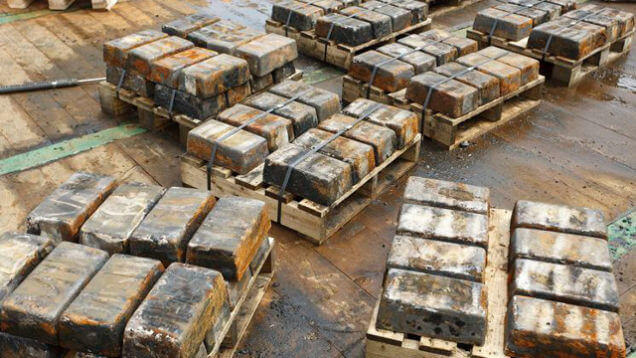
It Was Time To Drain It
An Important Source Of Water
The canal is 4.5 kilometers in length. It was completed after Napoleon Bonaparte I gave his approval to the project. This canal was built specifically to offer safe drinking water to Paris’s 550,000 inhabitants. However, he was well aware that the population would almost certainly continue to increase in the future.
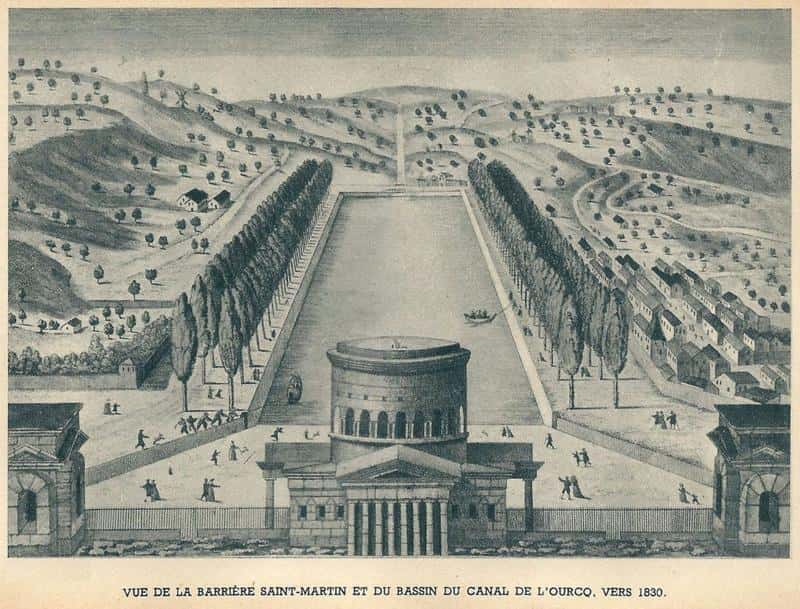
An Important Source Of Water
A Lot More To It Than That
Furthermore, he believed that having access to safe water would help to control the city’s health issues. Back then, there were several cases of cholera and dysentery. The Canal Saint-Martin encircles the city for almost three miles. It also sent food and construction materials to Parisians all over the city at the time.
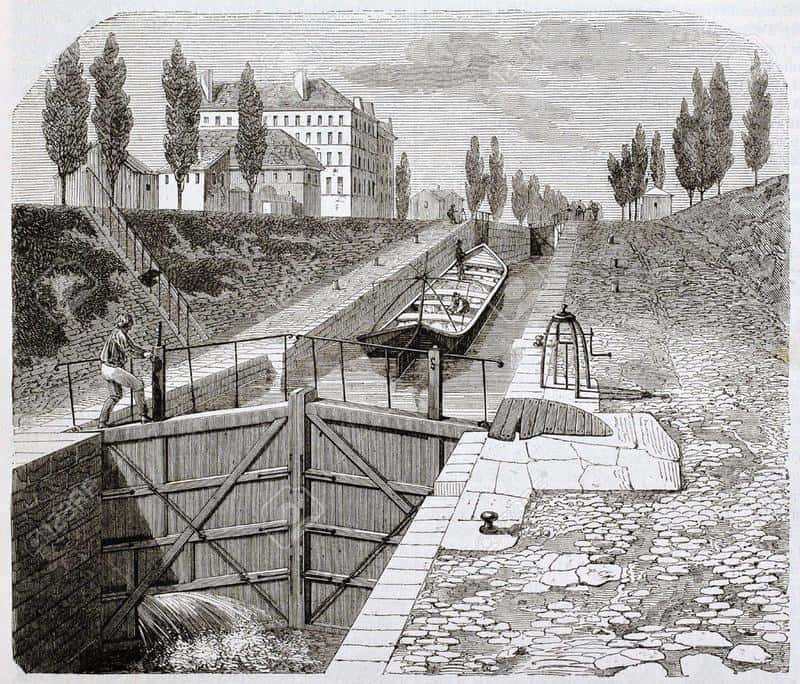
A Lot More To It Than That
Its Fascinating History
Two canals were constructed for the same intention in the decades that followed. The Canal Saint-Denis and the Canal de l’Ourcq were being built by authorities. The latter was 3.4 meters wide and 108 kilometers high. It ran from Port-Aux-Perches to the Bassin de la Villette, where it joined the Canal Saint-Martin. It’s better if you remember that they’re just a couple of hundreds of years ago.
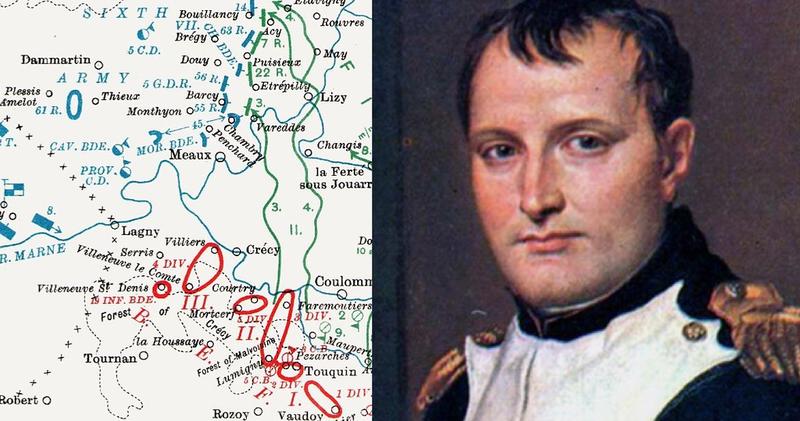
Its Fascinating History
During The French Revolution
The Canal Saint-Martin is the most well-known of the three. From the Bassin de l’Arsenal to the Place de la Bastille, it ran under the earth. Many citizens are acquainted with the above as the location of crucial incidents during the French Revolution, which took place from 1789 to 1799. This was the scene of an unexpected assault on a jail. As you can see, it has a long and illustrious past. It was for this reason that people were curious to see what lay under the surface.
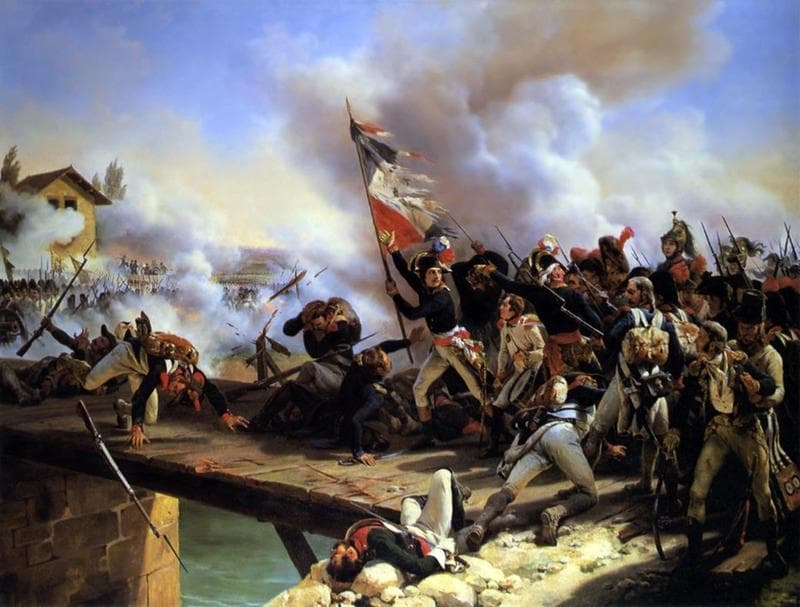
During The French Revolution
What The Canals Are Like Now
The canal is now a popular hangout for both locals and visitors. Young Parisians often congregate on the banks of the Seine and in the nearby cafes. Tourists, on the other hand, tend to photograph monuments and bridges. So why did the government plan to remove the water from it in the first place?
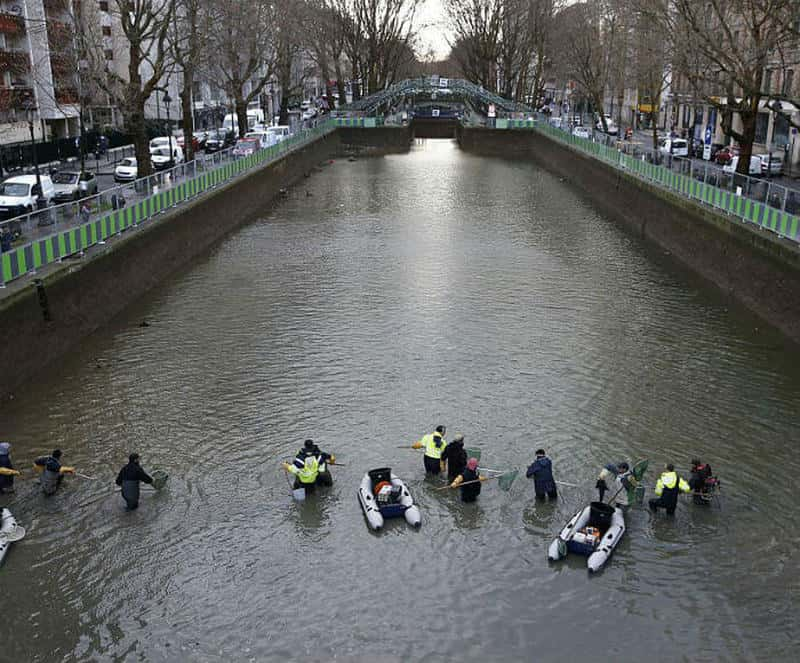
What The Canals Are Like Now
All The Weird Things At The Bottom
The canal has undoubtedly undergone a number of improvements in its two centuries of existence. Every ten to fifteen years, authorities attempt to empty it. They’d get rid of all that had accrued at the bottom. This was not, however, a routine clean-up. What was it in this time that was so different?
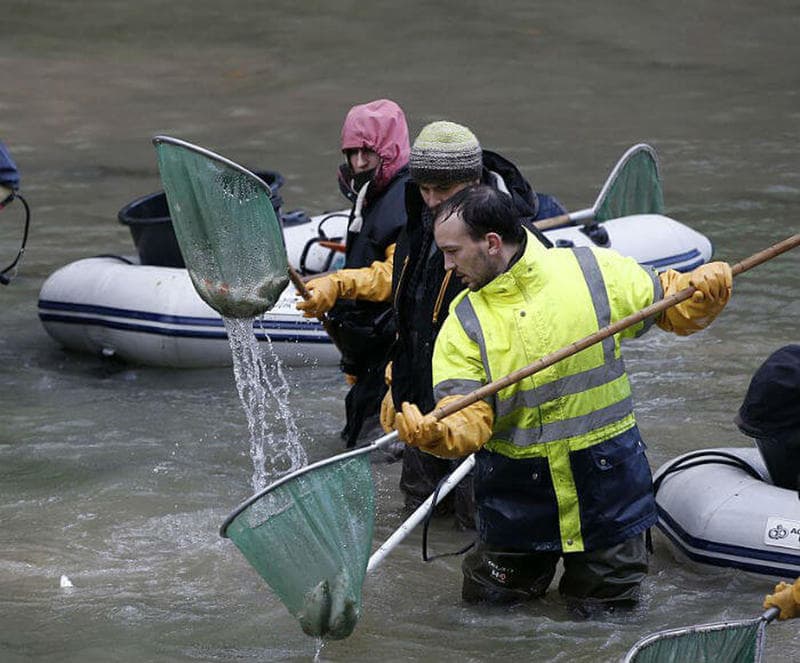
All The Weird Things At The Bottom
The Draining Procedure
Paris, also regarded as the City of Light, hides several major secrets. The muddy waters of this canal obscured some of them. What lay under their favorite Canal Saint-Martin piqued the imagination of Parisians. The draining activity was being studied from afar. What would they find if they go there?
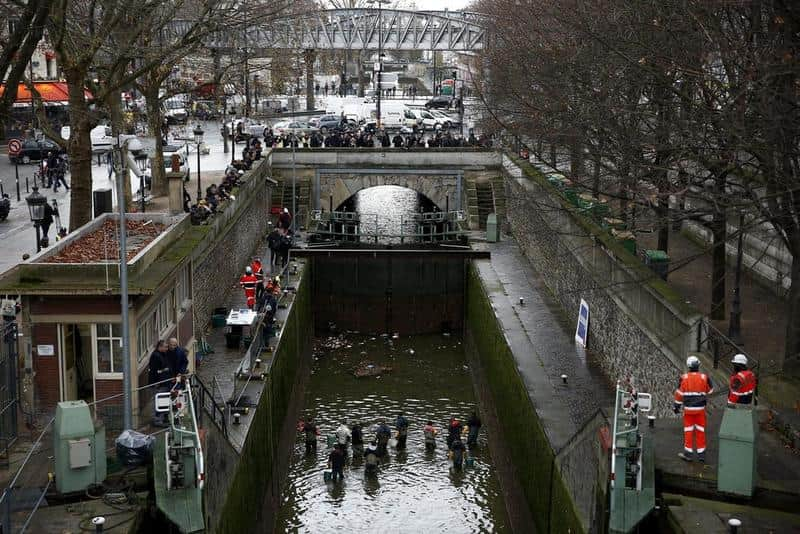
The Draining Procedure
Waste From The First World War
The canal was drained for the first time in 2001. They were able to strip over 40 tons of waste from the water at the moment. Bullets, bombshells, and gold pennies from the First World War were among the interesting items. Not only that, but they also discovered a car from the same time. It’s been a long time since that happened. What else would they come across in the water?
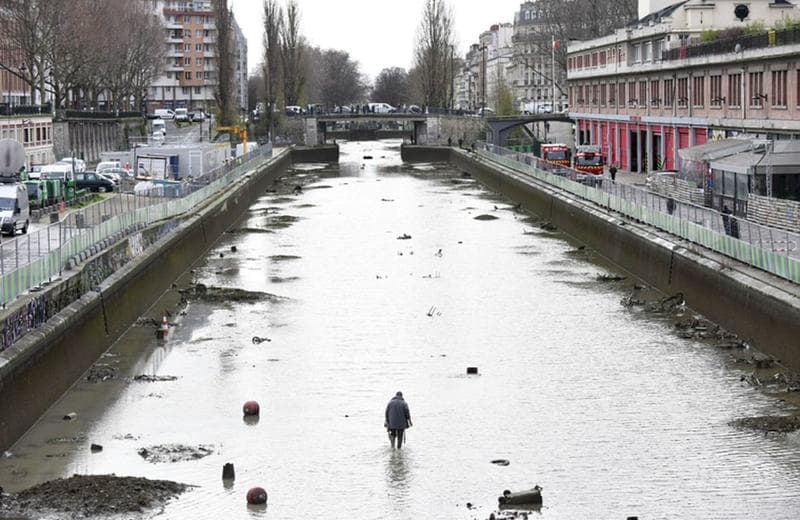
Waste From The First World War
How Much It Cost Them
The enormous job of draining the canal began. It will take three months to drain about 3 million cubic feet of water. Although the city had to invest more than $10 million on this, it was appropriate. The audience was excited to find out what had been hidden in the canal all this time…
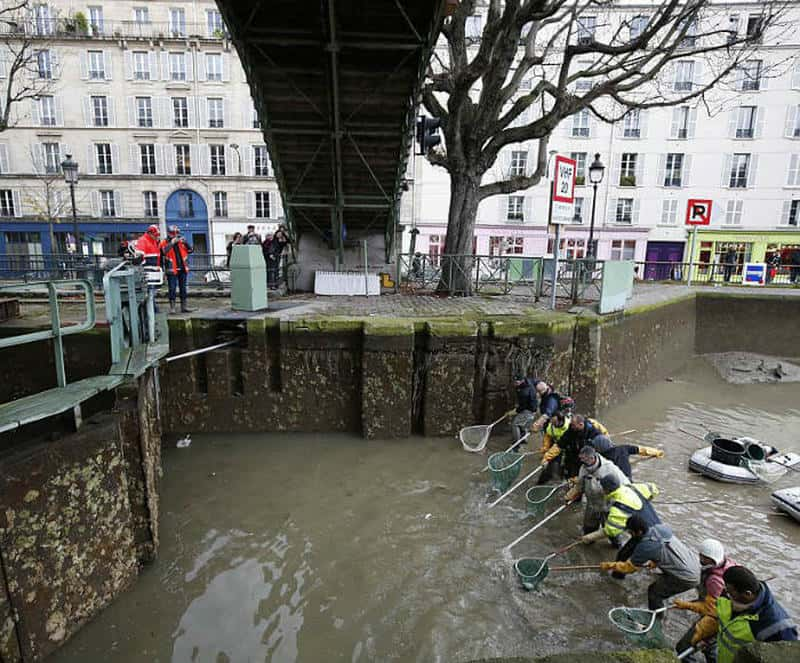
How Much It Cost Them
People Gathered To Look
They had exhausted the canal’s residual water on January 7. After 15 years, the waterway’s mysteries were eventually being exposed. The bridges drew people from all walks of life. They had to dig at what the officials actually discovered. Curiosity was killing everybody.
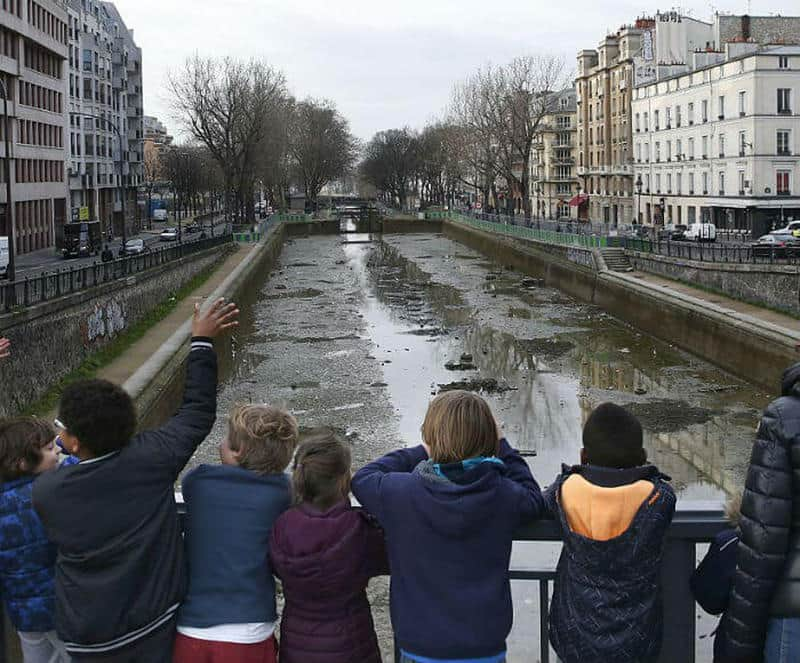
People Gathered To Look
A Surreal Moment
It had to have been a big day. After all, it’s not every day that you get to see the Canal Saint-Martin without some water. People couldn’t believe what they were seeing. The sight of the canal’s bottom was unreal. They were both curious about what was on the canal’s surface.
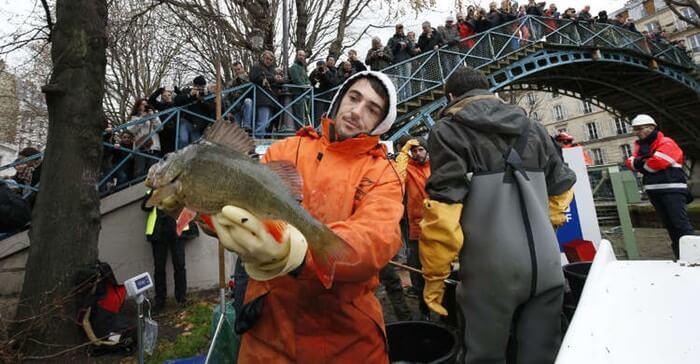
A Surreal Moment
The Living Things In The Water
The crew had to clear the channel until just 50 cm of water remained. They waded through the canal in pursuit of the objects and living “stuff” that had taken up residency there. Around five tons of carp, salmon, and bream were caught by the working crew! They then moved the fish to safer breeding areas. Before relocating the trout, they cautiously measured and named it. And if the new location might not be ideal for them, it was always preferable to the alternative.
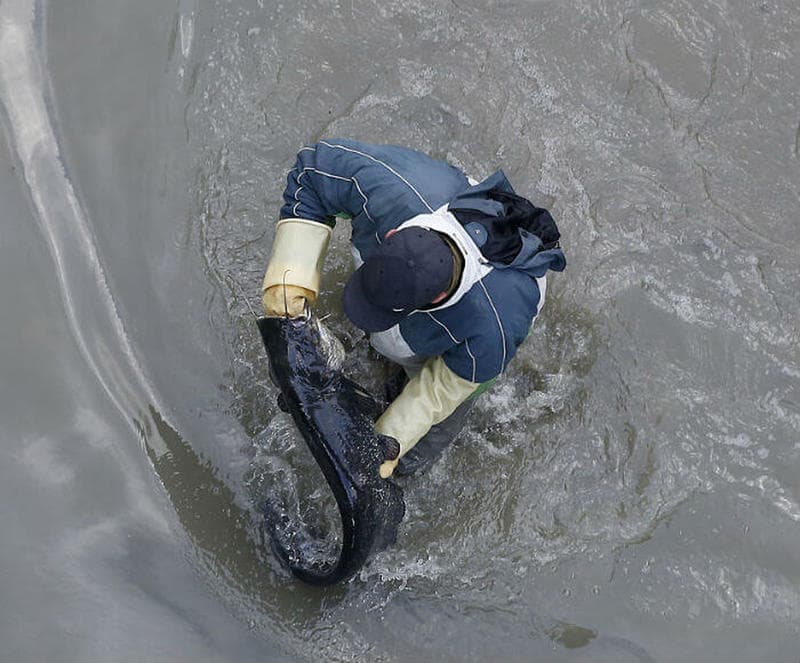
The Living Things In The Water
People Threw Garbage Into The Water
Various everyday artifacts found their way through the water’s depths. Among other items, there were motorcycles. They turned out to be from the city’s Vélib car-sharing scheme. Around 14,500 cycles were added to the city’s streets as part of the program in 2007. Regrettably, they ended up in strange places.
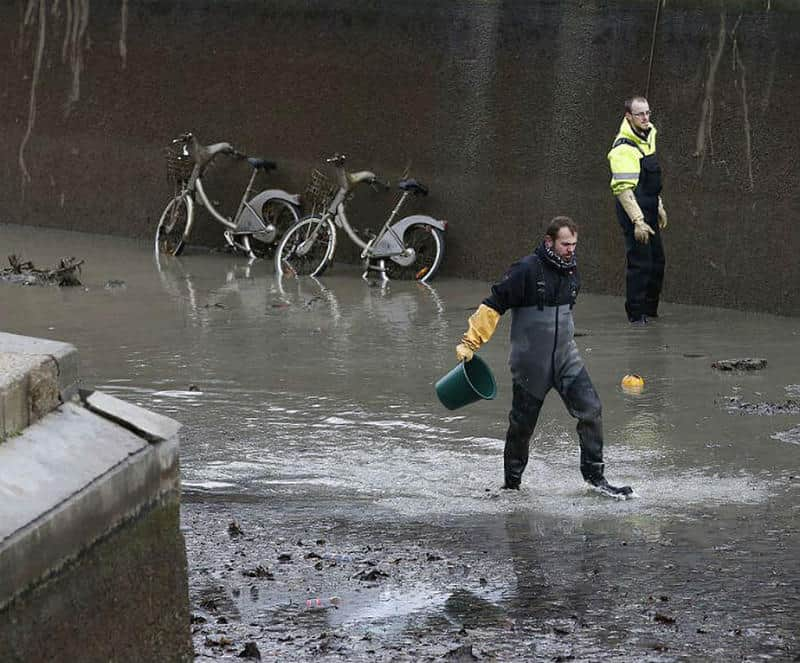
People Threw Garbage Into The Water
The Most Bizarre Findings
More objects surfaced as the irrigation process continued. At the bottom of the river, there were mopeds, motorcycles, and wheelie bins! There was a bathroom in there as well. It was important to recover it because it had obviously contributed to the canal’s murkiness. Its appearance there was considered to be humorous. This was not, though, the only surprise find down there. They often discovered larger artifacts at the bottom.
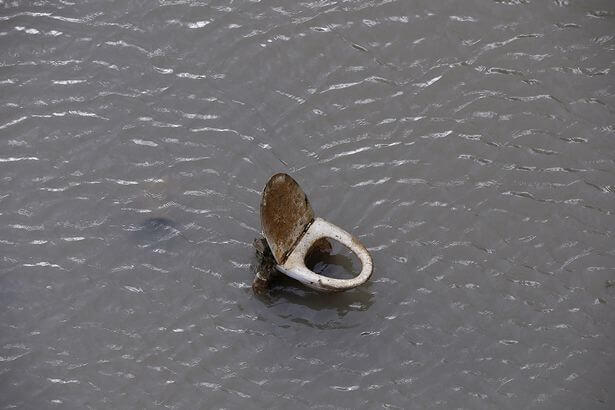
The Most Bizarre Findings
How They Must Have Gotten There
Marc, a spectator, told The Guardian, “It’s like some strange submarine treasure.” “I can’t believe the number of Vélibs in there,” he said. I’m guessing they were robbed and then tossed in. It’s strange.” Furthermore, bicycles were not the only unusual items that find their way to the bottom.
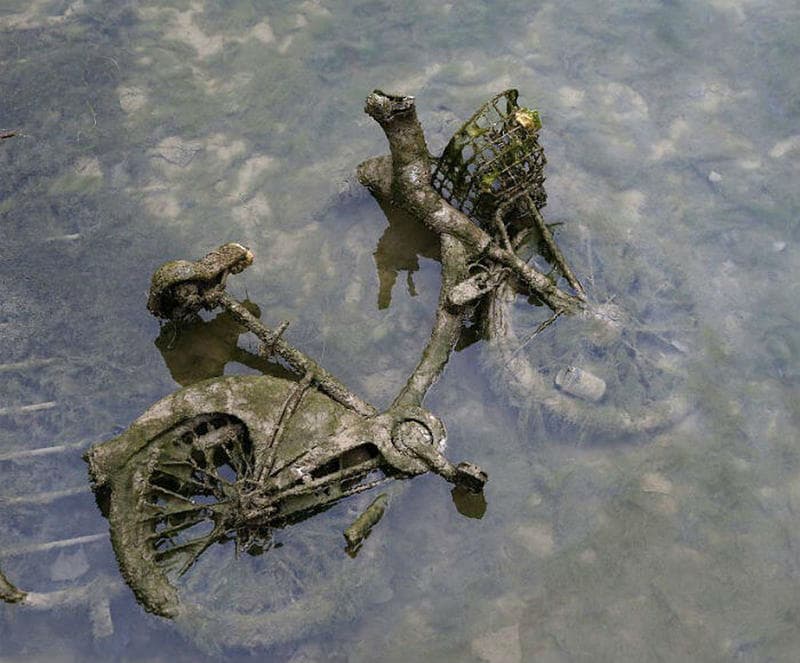
How They Must Have Gotten There
Paris Is Filthy
Bernard, a bystander, replied, “That’s Paris for you.” “It’s filthy,” says the writer. It seems to have gotten worse in recent years. He was also there when the well was first drained. “I don’t recall having that much garbage in it the last time,” he said. “I’m in misery. It’s being used as a trash can by the youth.”
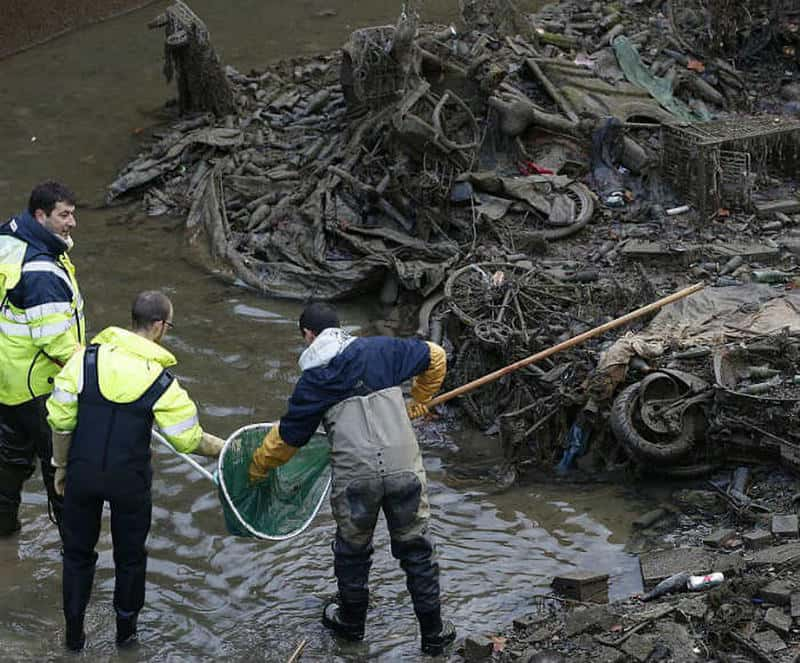
Paris Is Filthy
Even Weirder Than The Bikes
Wait before you learn that they have found a couple of bikes down there. Who knows how those objects came to be in that place. We’re hoping that somebody can come forward with the backstory. From that stage on, it just grew stranger.
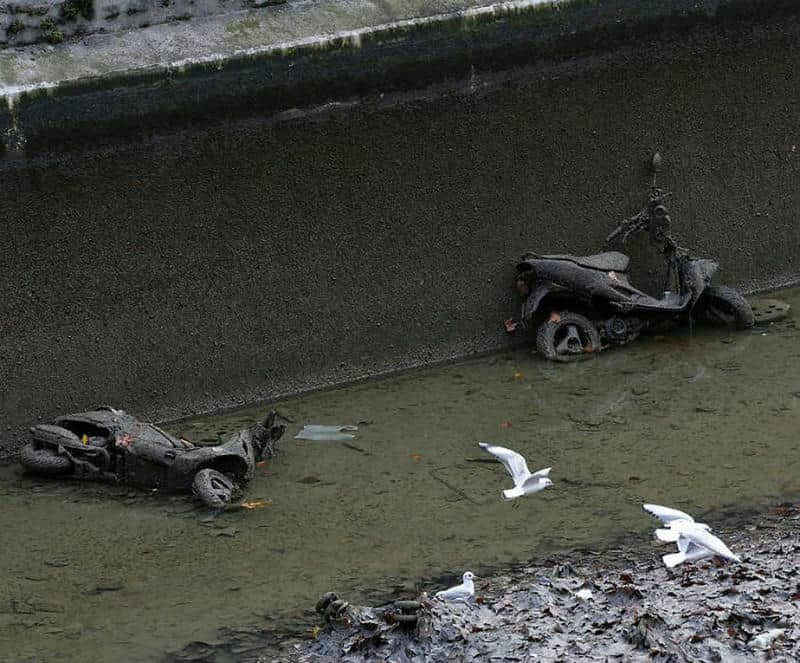
Even Weirder Than The Bikes
So Much Trash
Naturally, they discovered more than just alive animals and strange objects down there. There were several things that everybody anticipated finding. Shopping bags, traffic cones, and glass bottles are all examples of what we’re talking about. Ses results were mostly ignored by the public. All were involved in discussing the odd products!
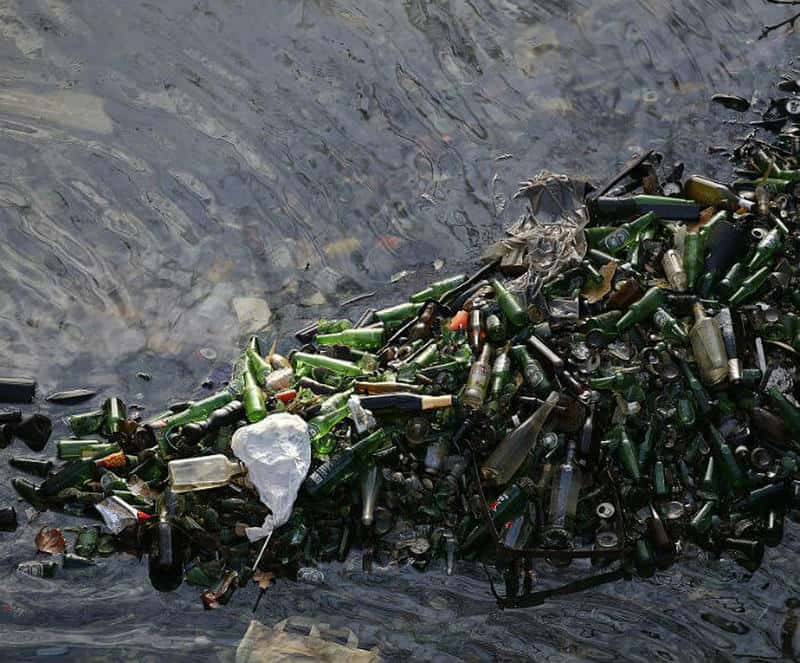
So Much Trash
A Random Office Chair
For starters, neither of them knew how an office chair had ended up there. The witnesses were skeptical regarding this finding. Is it conceivable that an office worker rode this thing all the way to the tenth arrondissement? While the idea might seem absurd to you, we couldn’t help but grin at the prospect of it.
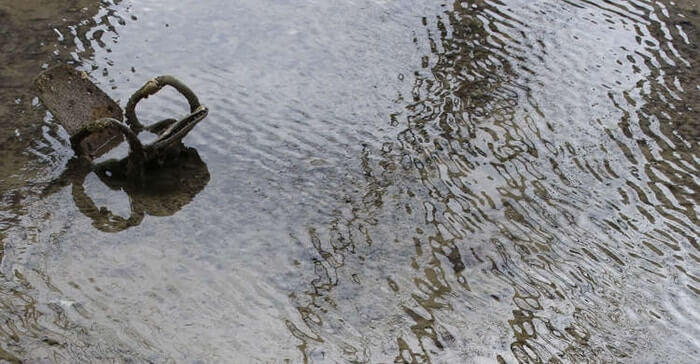
A Random Office Chair
There Was A Suitcase
Developing ideas on how this stuff got there is a lot of fun. Another curious thing emerged from under the murkiness as they drained the water once further. At the canal’s foot, they discovered a very revolting backpack. Is it a strewn-upon spot?
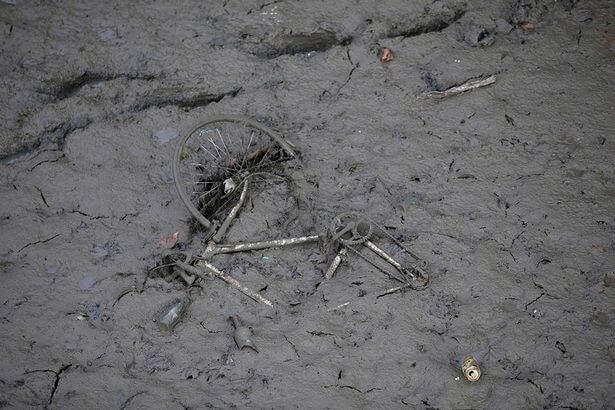
There Was A Suitcase
A Traffic Cone
Another odd thing that left people scratching their heads was this one. This traffic cone had little alternative but to be rescued from the canal’s base by a member of the team. Who placed it there, exactly? We’re banking on a thief who feels forced to get rid of the traces as fast as possible.
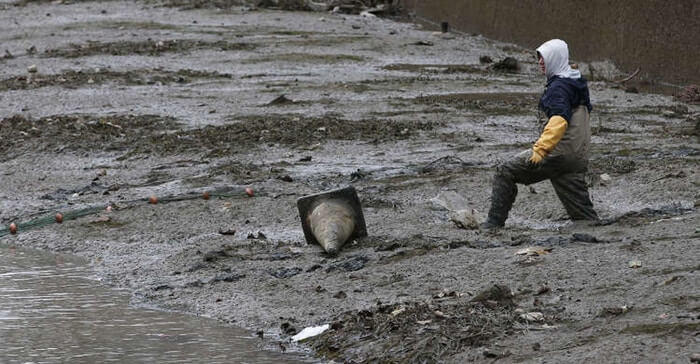
A Traffic Cone
A True Shopping Destination
On the deck of the Canal Saint-Martin, there was even a shopping trolley. People were also interested in knowing more about the plot. After throwing their bags into the sedan, did a shopper drive it into the canal by accident? In either case, this indicates that Paris is a fantastic shopping spot.
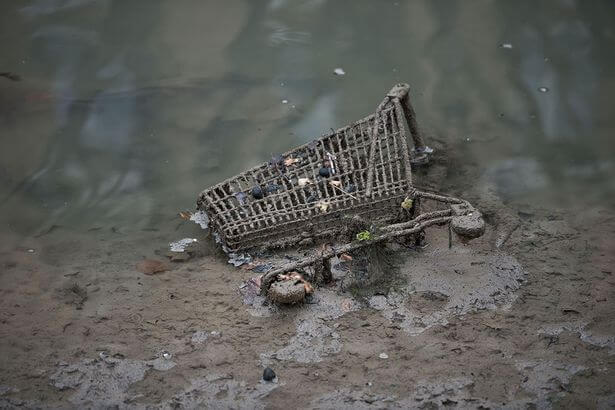
A True Shopping Destination
Save The Fish
The workers continued to drain the water of the Canal Saint-Martin until they left only 20 inches. They first had to evacuate the fish to safety. The cleanup team spent three days catching the carp, trout, and bream in the waters. Once they caught the creatures, they put them in a different part of the waterway.
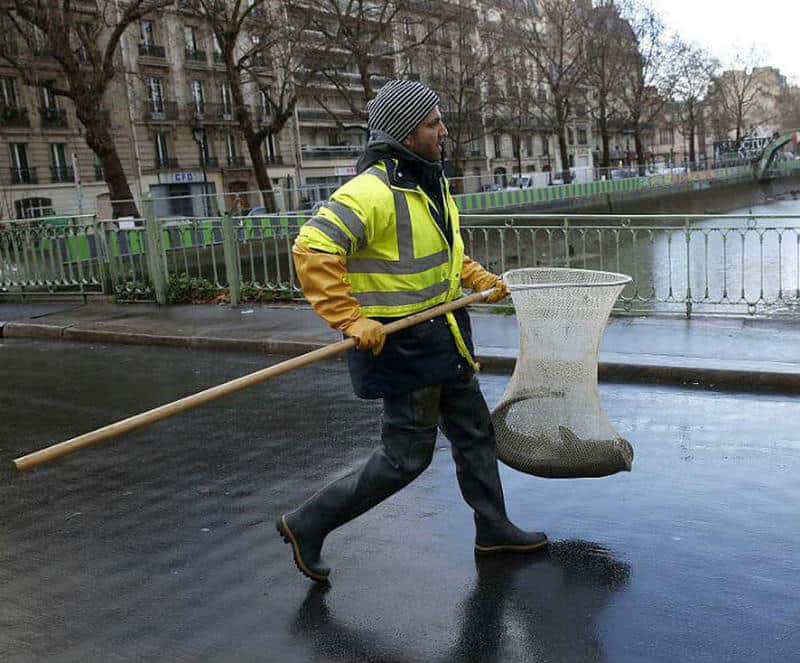
Save The Fish
Swimming There Might Be Possible
Even though having all the garbage in the canal was discouraging, there is a room to be hopeful. The findings exposed the city’s littering problem. It was seen by policymakers as an excuse to speak about the case. “We could be able to float in the canal in a few years if anyone pitches in and stops tossing something into the water,” Celia Blauel told the MailOnline. She serves as the mayor’s assistant.
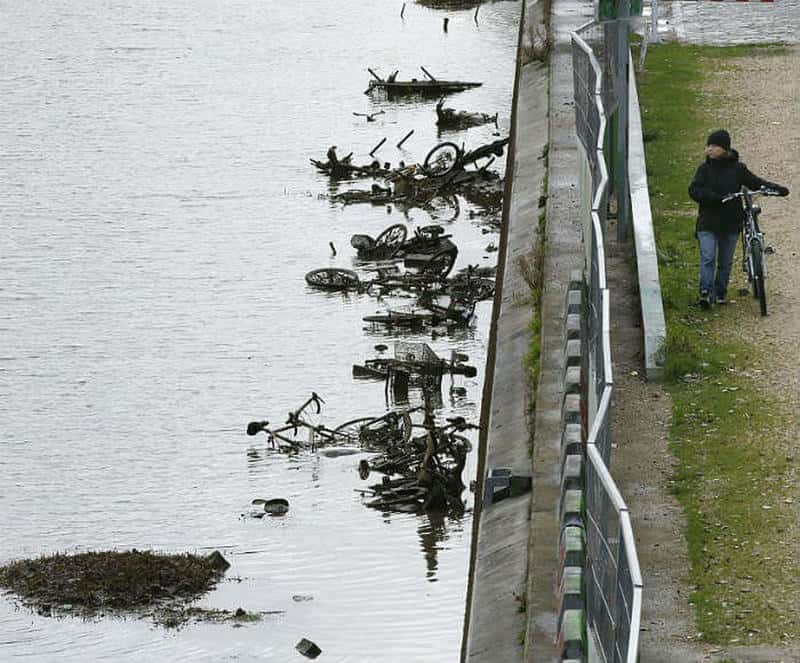
Swimming There Might Be Possible
It Was An Expensive Process
No one would have realized how serious the situation was if the waterway hadn’t been drained. The region around the canal is, in reality, called prime real estate. It came at a high price for Parisians. Only real estate assets found in the arrondissement are available for purchase at a price of up to $9,000. They had no idea these problems existed so similar to their houses, we’re positive.

It Was An Expensive Process
Why The Area Is Expensive
The waterway has always looked green and aesthetically appealing, which is one of the reasons property prices are so high there. In reality, several artists have been influenced by it. Street art can be seen on the bank’s walls, and the institution has a large digital gallery dedicated to art.
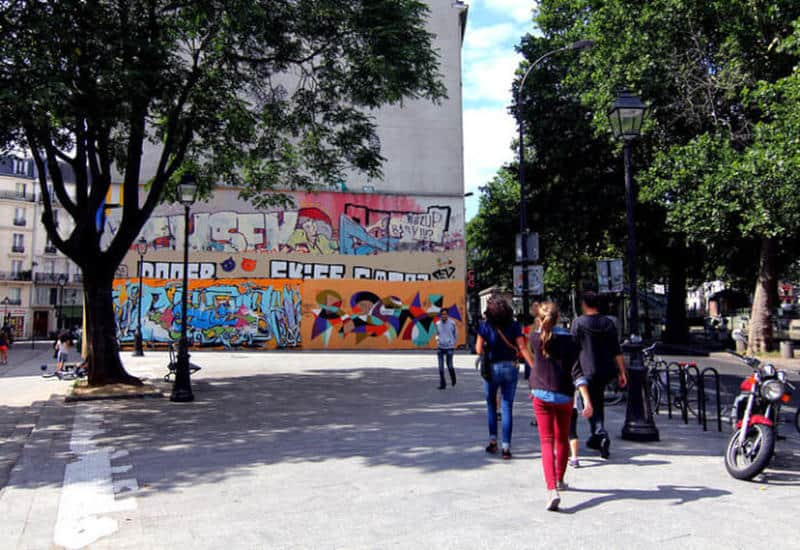
Why The Area Is Expensive
It Took Two Decades
The three canals that run the length of Paris took two decades to complete. They equal more than 80 miles in length when put together. The most popular of the three canals is the Canal Saint-Martin. It stretches for 68 miles and links the Seine and the Canal de l’Ourcq.
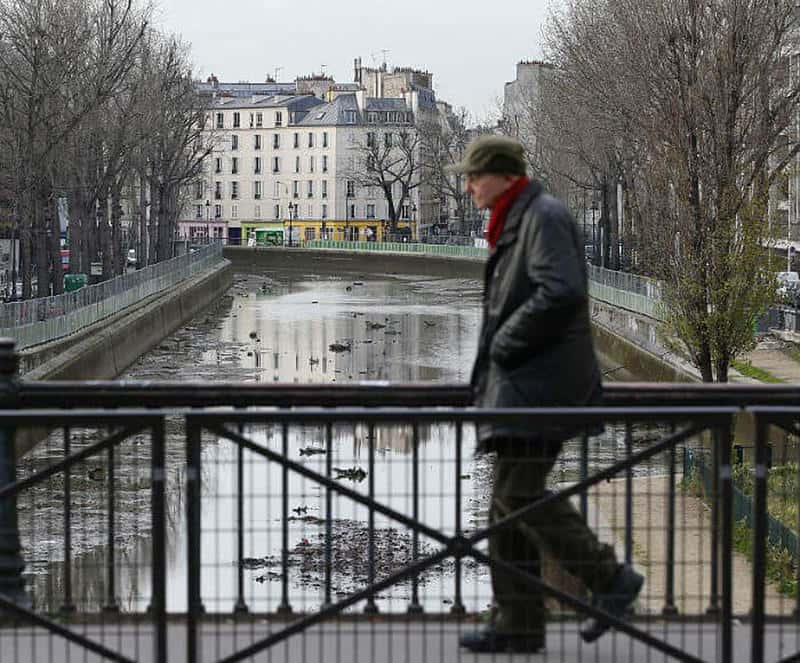
It Took Two Decades
Both Tourists And Parisians
Both Parisians and visitors have been attracted to the Canal Saint-Martin since its conception. It has always had a certain allure. The badges are all displayed to them. Aside from that, they were able to maneuver across any of the locks and road bridges they faced.
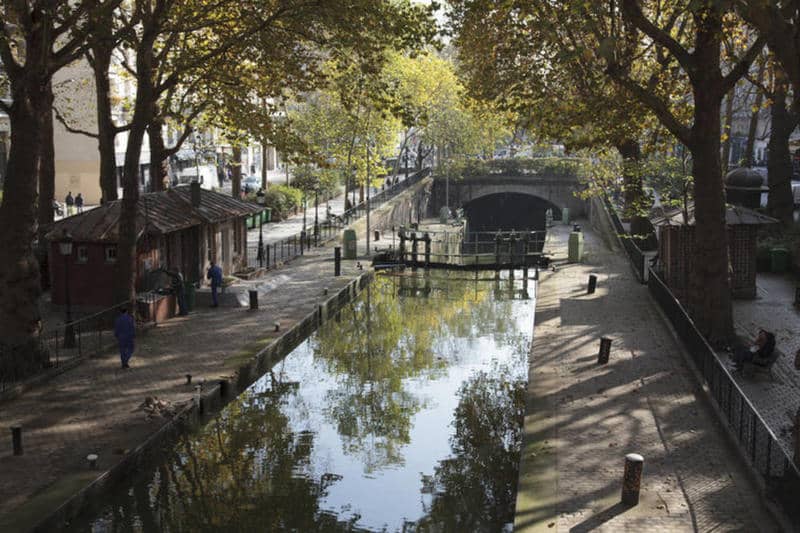
Both Tourists And Parisians
The Amazing Nightlife
If you’re acquainted with Paris, you’re definitely conscious that the Canal Saint-Martin neighborhood has a vibrant nightlife scene. The neighborhood, which was once peaceful, will see an influx of young people. Many residents assumed that this would just result in further sewage being dumped into the canal. If this was the case, they discovered that in 2016.
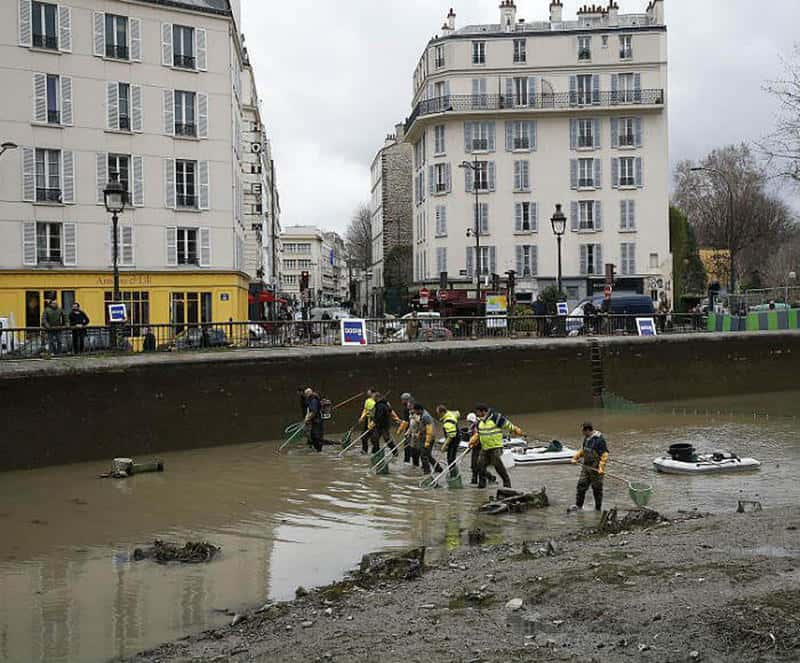
The Amazing Nightlife
Construction Of The Canal
On the instructions of French leader Napoleon I, the canal was constrained in 1802. In those days, Paris had a population of about 550,000 inhabitants. That number didn’t seem to be decreasing anytime soon. Napoleon believed that the waterway would bring freshwater into the city and increase the welfare of the citizens at the time.
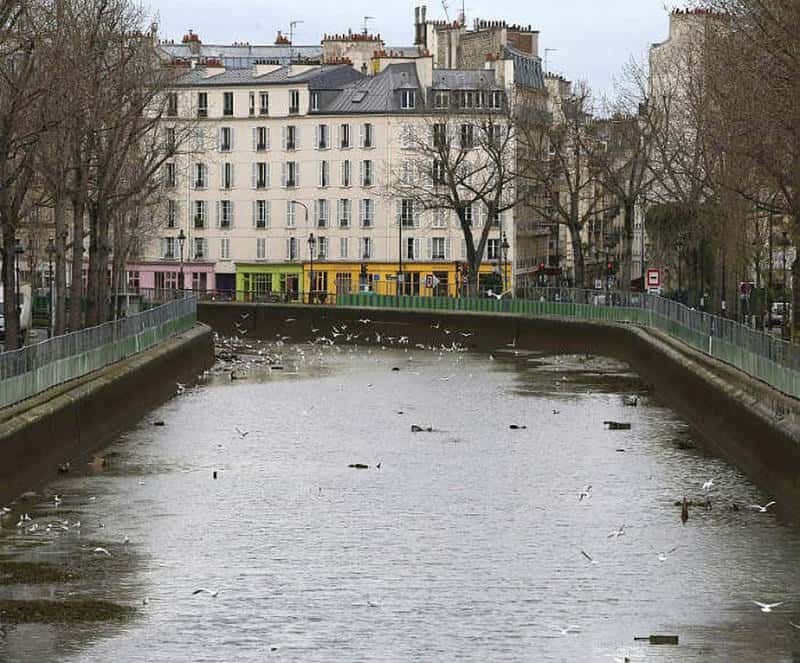
Construction Of The Canal
The Route
The channel runs from the Seine’s Basin de l’Arsenal to the Bastille, passing under it. The latter housed a jail that was demolished after the French Revolution. After that, it appears near the Place de la République before heading north to the Bassin de la Villette. It meets the Canal de l’Ourq over there.
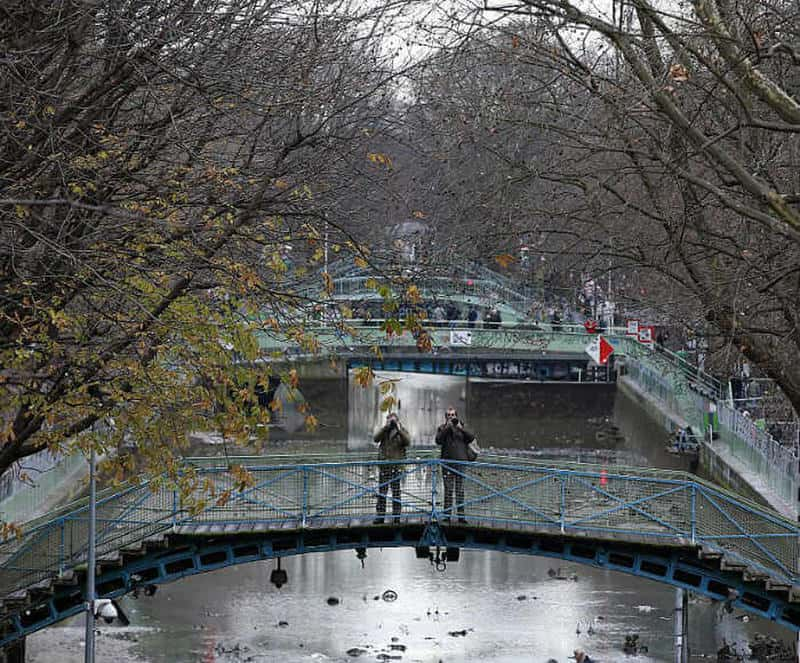
The Route
Strange Things In The Water
Which item piqued your interest the most? Chairs, shopping carts, suitcases, garbage cans, showers, cars, and bikes were discovered at the bottom, just in case you needed a reminder. There was also a retro stereo on the floor, in addition to the previously listed products. It’s impossible to predict what you’ll encounter there.
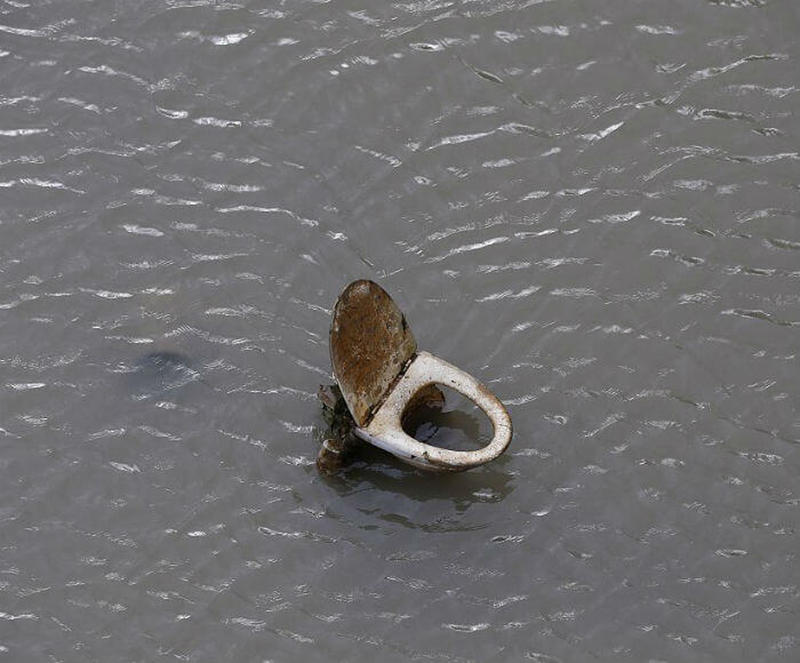
Strange Things In The Water
Way Too Many Bottles And Cans
They discovered more than their fair share of cans and bottles when draining the water from the Canal Saint-Martin. Are you willing to predict the number of people? We have our doubts about your ability to correctly identify the response. Hundreds of thousands of these items were found down there, after all.
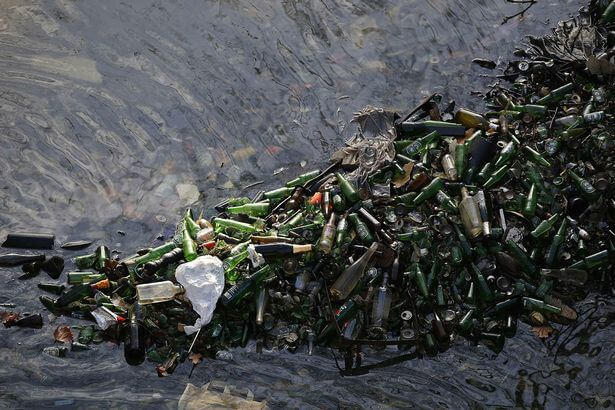
Way Too Many Bottles And Cans
How Long It Is
The Canal Saint-Martin passes for three miles across the heart of the city. It runs through the 10th arrondissement, which is noted for being a fashionable neighborhood. The area’s nightlife and visitor attractions have recently gained popularity. During your next ride to the City of Lights, don’t hesitate to stop by!
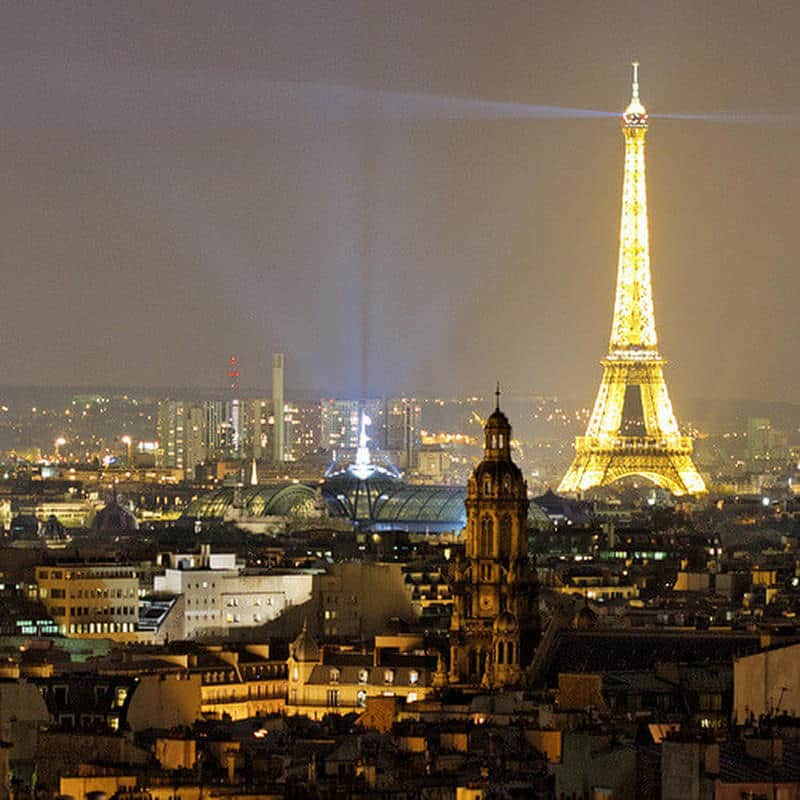
How Long It Is
